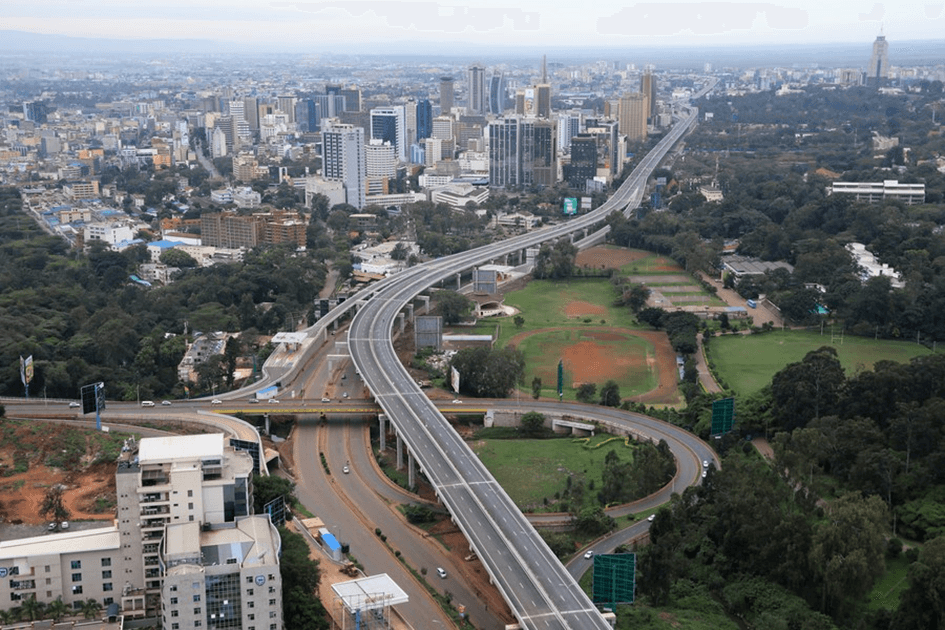
How Foreign Investments Are Shaping Kenya’s Infrastructure Projects
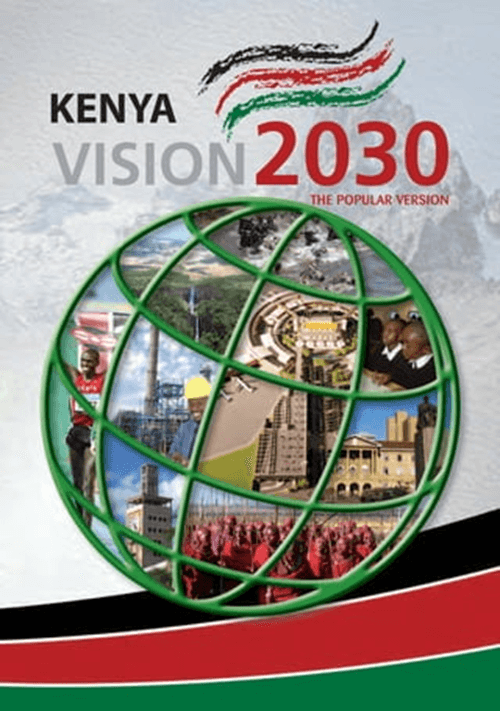
Source: Slideshare
Kenya is experiencing a remarkable transformation in its infrastructure landscape. The country’s strategic position as a gateway to East Africa and its ambitious development agenda under Vision 2030 have made it a magnet for foreign investments. From state-of-the-art highways to advanced energy projects, foreign capital is playing a pivotal role in reshaping Kenya’s future. This blog explores the sectors attracting the most foreign funding, the key players involved, notable projects, challenges faced, and the long-term benefits of these investments.
Key Sectors Receiving Foreign Investments
Transport Infrastructure
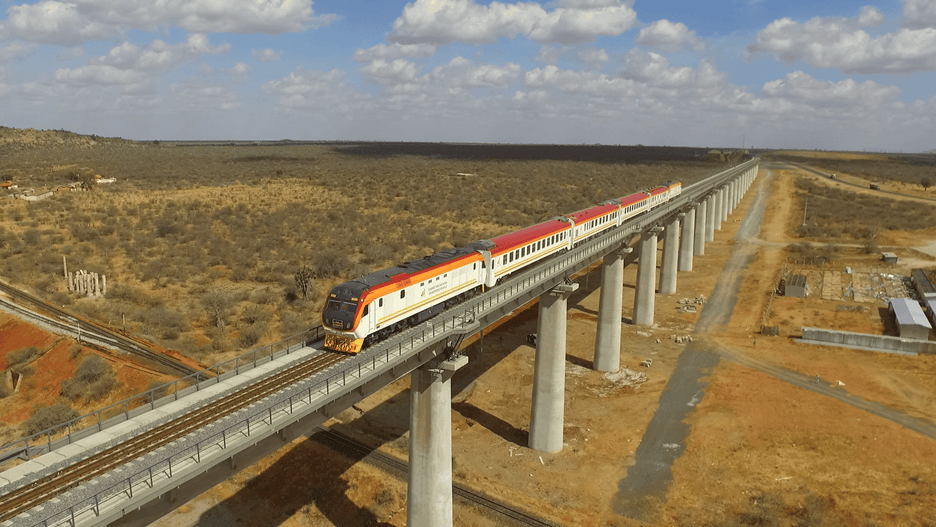
Source: International Railway Station
Kenya’s transport network has seen significant upgrades, largely funded by foreign investors. Key projects include:
- Standard Gauge Railway (SGR): Financed by China, this project connects Mombasa to Nairobi and is vital for freight and passenger transport.
- Nairobi Expressway: Built by China Road and Bridge Corporation (CRBC), this road eases congestion in Nairobi, boosting urban mobility.
- Port Developments: Projects like the Lamu Port-South Sudan-Ethiopia-Transport (LAPSSET) Corridor are attracting funding from various countries, enhancing Kenya’s maritime capacity.
Energy Sector
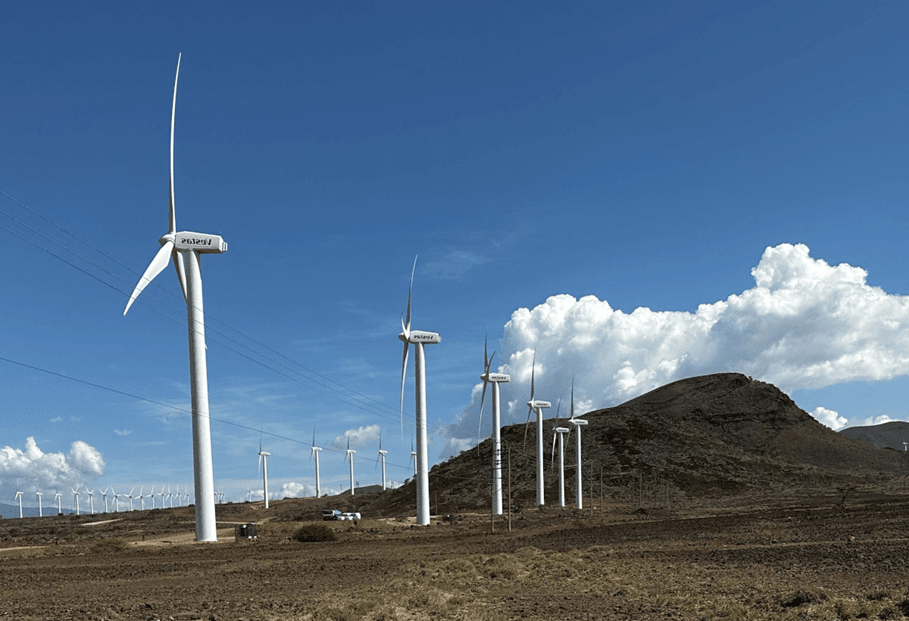
Source: Firepro
Kenya is leading in renewable energy adoption, with foreign investments playing a key role:
- Lake Turkana Wind Power Project: The largest wind farm in Africa, funded by a consortium of European and African investors.
- Geothermal Projects in Olkaria: Supported by Japan and the World Bank, these projects enhance Kenya’s energy self-sufficiency.
- Solar Farms: Companies from the United States and Europe are funding large-scale solar farms in regions like Garissa.
Technology and Communication
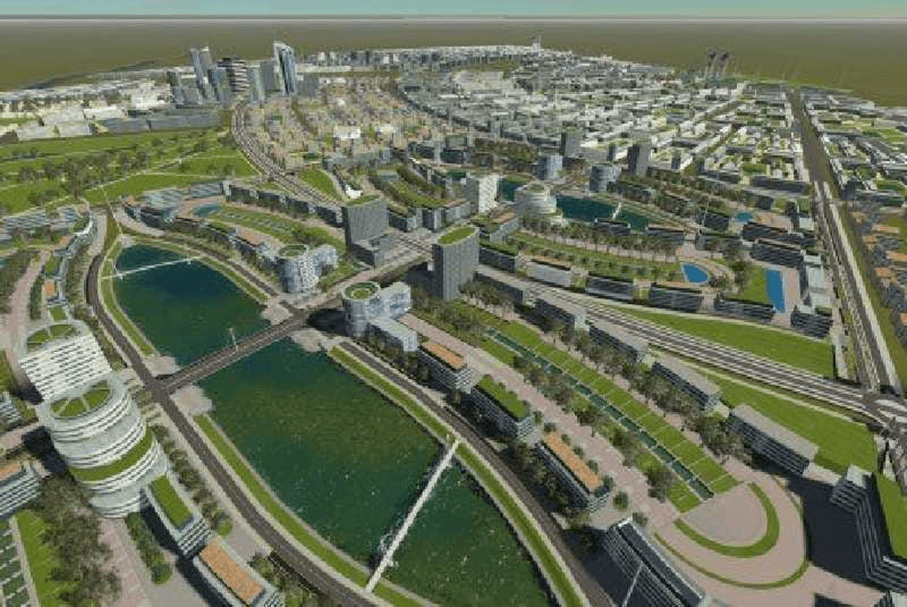
Source: Medium
The tech sector has become a hotspot for foreign investment:
- Konza Technopolis: Known as Silicon Savannah, this project has funding from South Korea and international development organizations.
- Telecommunication Expansion: Companies like Google and Microsoft are investing in undersea internet cables and data centers to improve connectivity.
Profiles of Major Investors

Source: StockCake
China
China is the largest investor in Kenya’s infrastructure, financing large-scale projects through loans and public-private partnerships (PPPs). Notable projects include the SGR, Nairobi Expressway, and LAPSSET Corridor.
United States
The U.S., through agencies like USAID and private firms, invests in energy, health infrastructure, and technology. American companies like Google and Microsoft are also boosting Kenya’s digital infrastructure.
European Union
The EU has been instrumental in funding renewable energy projects, particularly wind and solar farms. Countries like Germany and France contribute through bilateral agreements.
Other Key Players
- Japan: Strong focus on energy and transport projects like geothermal power.
- Middle Eastern Countries: Investments in port development and aviation.
- Multilateral Institutions: The World Bank and African Development Bank (AfDB) provide loans and grants for large-scale infrastructure projects.
Notable Projects Funded by Foreign Investors and Their Impact

Source: Xinhua
Standard Gauge Railway (SGR)
This $4.7 billion project, funded by China, has reduced travel time between Mombasa and Nairobi while lowering freight costs, making Kenya more competitive as a trade hub.
Lake Turkana Wind Power Project
This €620 million project provides clean energy to the national grid, reducing dependence on fossil fuels and contributing to climate goals.
Nairobi Expressway
Costing $668 million, this toll road has improved connectivity within Nairobi, attracting businesses and boosting urban development.
LAPSSET Corridor
Funded by a mix of foreign governments and multilateral agencies, this ambitious project connects Kenya to neighboring countries, fostering regional trade and integration.
Challenges and Controversies Surrounding Foreign Investments
Debt Concerns
Kenya’s rising public debt, partly due to loans from foreign investors, raises sustainability questions. Critics argue that over-reliance on Chinese loans could lead to economic vulnerabilities.
Local Displacement and Environmental Issues
Some projects have displaced local communities and disrupted ecosystems. For instance, the LAPSSET project faced resistance due to its impact on indigenous livelihoods.
Transparency and Corruption
Lack of transparency in tendering processes and allegations of corruption have tarnished some foreign-funded projects, leading to public outcry.
Long-Term Economic and Social Benefits
Economic Growth
Foreign investments have catalyzed Kenya’s GDP growth by improving logistics, energy supply, and digital connectivity. This has made Kenya more attractive to investors.
Job Creation
Projects like the SGR and Konza Technopolis have created thousands of jobs, empowering local communities.
Improved Living Standards
Enhanced infrastructure reduces costs and improves access to essential services like transportation, energy, and communication.
Regional Leadership
Kenya’s advanced infrastructure positions it as a leader in East Africa, fostering trade and regional integration.
Conclusion
Foreign investments are undeniably shaping the future of Kenya’s infrastructure. While challenges like debt sustainability and transparency remain, the transformative impact of these investments on the economy, society, and environment cannot be overlooked. By balancing foreign partnerships with local interests, Kenya can continue its journey toward becoming a regional powerhouse.
References
- World Bank: Kenya Infrastructure Projects
- African Development Bank: Infrastructure in Africa
- Kenya Vision 2030: Official Site
- Reuters: Kenya Debt Concerns
- BBC News: Nairobi Expressway







